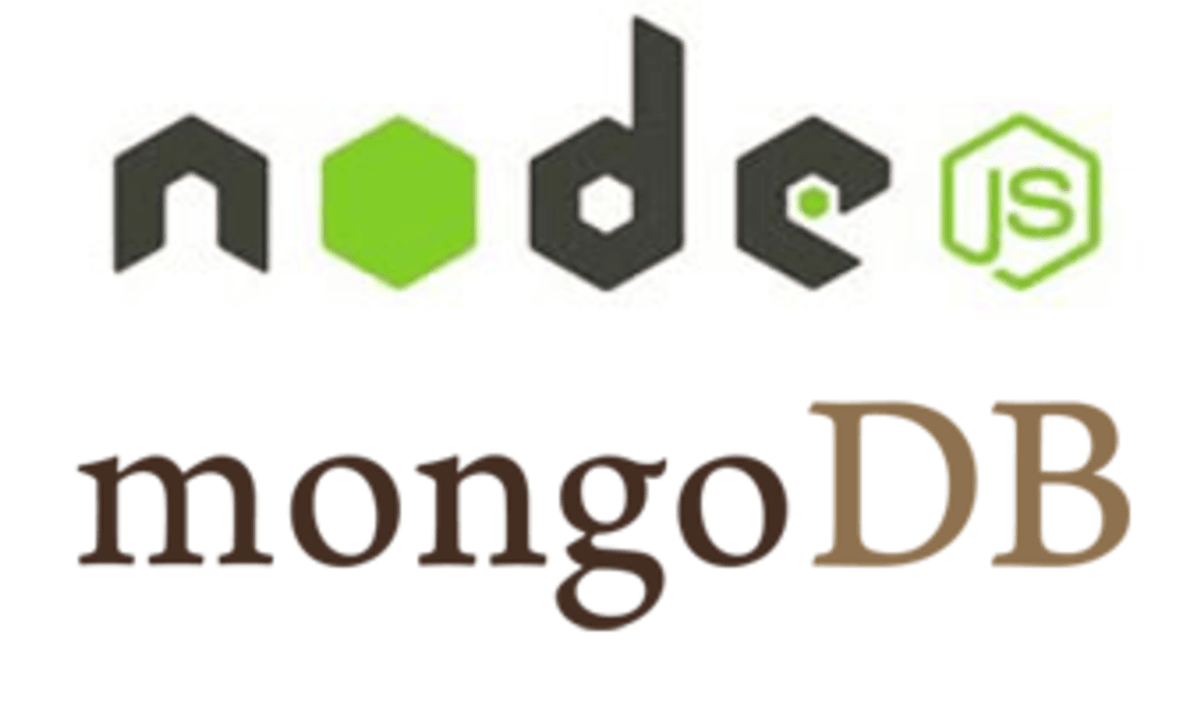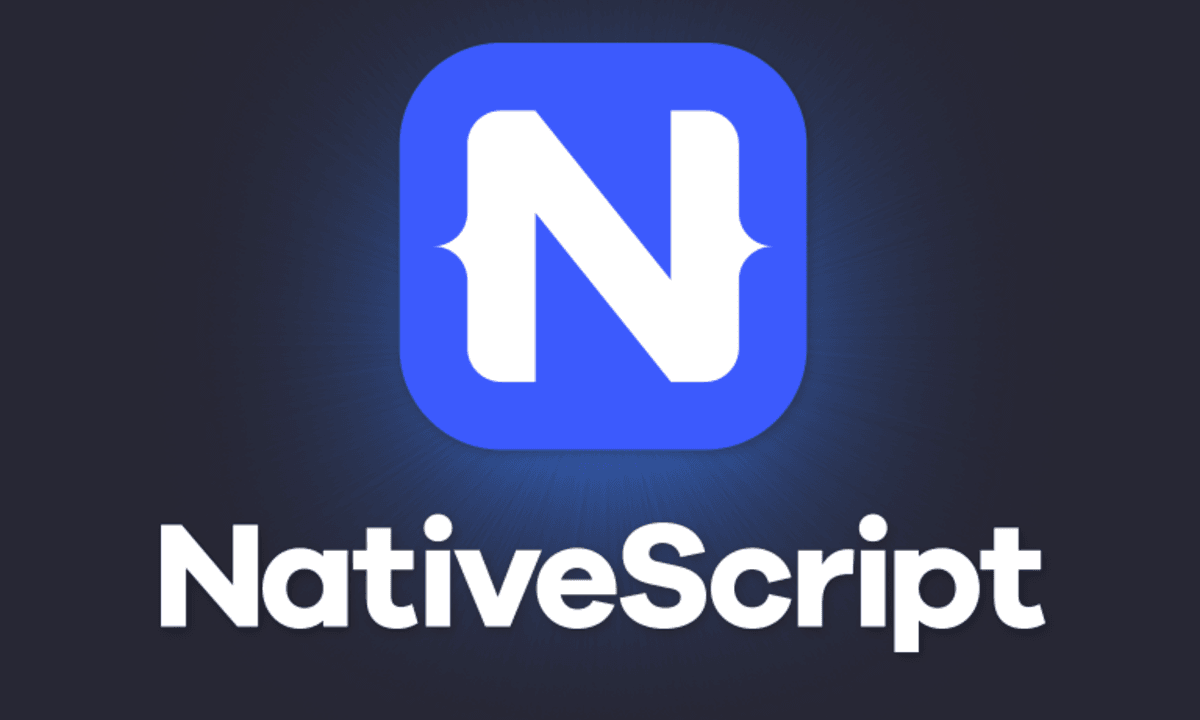GRATIS
University of New Mexico vía Coursera
GRATISInteractive Computer Graphics with WebGL
Acerca de este curso
Week 1: Introduction and Background
Lecture 1: Course Overview
Lecture 2: Outline via Examples
Lecture 3: Prerequisites and References
Lecture 4: A Simple WebGL Example
Lecture 5: Getting Started with WebGL
Lecture 6: OpenGL and WebGL
Lecture 7: HTML and Browsers
Lecture 8: JavaScript
Week 2: WebGL
Lecture 1: Square Program
Lecture 2: Shader Execution Model
Lecture 3: Square Program: The HTML file
Lecture 4: Square Program: The JavaScript File
Lecture 5: WebGL Primitves and Viewing
Lecture 6: Tessellation and Twist
Lecture 7: The Sierpinski Gasket
Lecture 8: Moving to Three Dimensions
Week 3: The Open GL Shading Language and Interaction
Lecture 1: Color
Lecture 2: GLSL and Shaders
Lecture 3: Input and Interaction
Lecture 4: Animation
Lecture 5: Buttons and Menus
Lecture 6: Keyboard and Sliders
Week 4: Displaying Geometry in WebGL
Lecture 1: Position Input
Lecture 2: Picking
Lecture 3: Matrices
Lecture 4: Representation
Lecture 5: Geometry 1
Lecture 6: Geometry 2
Lecture 7: Homogeneous Coordinates
Lecture 8: Some Caveats
Week 5: Transformations
Lecture 1: Affine Transformations
Lecture 2: Rotation, Translation, Scaling
Lecture3: Concatenating Transformation
Lecture 4: Transformations in WebGL
Lecture 5: Representing a Cube
Lecture 6: Animating the Cube
Week 6: Viewing in WebGL
Lecture 1: Classical Viewing
Lecture 2: Positioning the Camera
Lecture 3: Projection
Lecture 4: Projection in WebGL
Lecture 5: Orthogonal Projection Matrices
Lecture 6: Perspective Projection Matrices
Lecture 7: Representing and Displaying Meshes
Lecture 8: Lighting and Shading
Lecture 9: The Phone Lighting Model
Week 7: Lighting, Shading and Texture Mapping
Lecture 1: Lighting and Shading in WebGL
Lecture 2: Polygon Shading
Lecture 3: Per Vertex vs per Fragment Shading
Lecture 4: Buffers in WebGL
Lecture 5: Texture Mapping Overview
Lecture 6: Approaches to Texture Mapping
Lecture 7: WebGL Texture Mapping
Week 8: WebGL Texture Mapping
Lecture 1: WebGL Texture Objects
Lecture 2: Texture Mapping to the Cube
Lecture 3: Texture Mapping Variations
Lecture 4: Reflection and Environment Maps
Lecture 5: Bump Maps
Lecture 6: Compositing and Blending
Lecture 7: Imaging Applications
Week 9: Using the GPU
Lecture 1: The Mandelbrot Set
Lecture 2: Generating the Mandelbrot Set in the CPU
Lecture 3: Generating the Mandelbrot Set in the GPU
Lecture 4: Framebuffer Objects
Lecture 5: Renderbuffers
Lecture 6: Render to Texture
Week: 10: Render-to-Texture Applications
Lecture 1: Picking by Color
Lecture 2: Buffer Pingponging
Lecture 3: Diffusion Example
Lecture 4: Agent-Based Models
Lecture 1: Course Overview
Lecture 2: Outline via Examples
Lecture 3: Prerequisites and References
Lecture 4: A Simple WebGL Example
Lecture 5: Getting Started with WebGL
Lecture 6: OpenGL and WebGL
Lecture 7: HTML and Browsers
Lecture 8: JavaScript
Week 2: WebGL
Lecture 1: Square Program
Lecture 2: Shader Execution Model
Lecture 3: Square Program: The HTML file
Lecture 4: Square Program: The JavaScript File
Lecture 5: WebGL Primitves and Viewing
Lecture 6: Tessellation and Twist
Lecture 7: The Sierpinski Gasket
Lecture 8: Moving to Three Dimensions
Week 3: The Open GL Shading Language and Interaction
Lecture 1: Color
Lecture 2: GLSL and Shaders
Lecture 3: Input and Interaction
Lecture 4: Animation
Lecture 5: Buttons and Menus
Lecture 6: Keyboard and Sliders
Week 4: Displaying Geometry in WebGL
Lecture 1: Position Input
Lecture 2: Picking
Lecture 3: Matrices
Lecture 4: Representation
Lecture 5: Geometry 1
Lecture 6: Geometry 2
Lecture 7: Homogeneous Coordinates
Lecture 8: Some Caveats
Week 5: Transformations
Lecture 1: Affine Transformations
Lecture 2: Rotation, Translation, Scaling
Lecture3: Concatenating Transformation
Lecture 4: Transformations in WebGL
Lecture 5: Representing a Cube
Lecture 6: Animating the Cube
Week 6: Viewing in WebGL
Lecture 1: Classical Viewing
Lecture 2: Positioning the Camera
Lecture 3: Projection
Lecture 4: Projection in WebGL
Lecture 5: Orthogonal Projection Matrices
Lecture 6: Perspective Projection Matrices
Lecture 7: Representing and Displaying Meshes
Lecture 8: Lighting and Shading
Lecture 9: The Phone Lighting Model
Week 7: Lighting, Shading and Texture Mapping
Lecture 1: Lighting and Shading in WebGL
Lecture 2: Polygon Shading
Lecture 3: Per Vertex vs per Fragment Shading
Lecture 4: Buffers in WebGL
Lecture 5: Texture Mapping Overview
Lecture 6: Approaches to Texture Mapping
Lecture 7: WebGL Texture Mapping
Week 8: WebGL Texture Mapping
Lecture 1: WebGL Texture Objects
Lecture 2: Texture Mapping to the Cube
Lecture 3: Texture Mapping Variations
Lecture 4: Reflection and Environment Maps
Lecture 5: Bump Maps
Lecture 6: Compositing and Blending
Lecture 7: Imaging Applications
Week 9: Using the GPU
Lecture 1: The Mandelbrot Set
Lecture 2: Generating the Mandelbrot Set in the CPU
Lecture 3: Generating the Mandelbrot Set in the GPU
Lecture 4: Framebuffer Objects
Lecture 5: Renderbuffers
Lecture 6: Render to Texture
Week: 10: Render-to-Texture Applications
Lecture 1: Picking by Color
Lecture 2: Buffer Pingponging
Lecture 3: Diffusion Example
Lecture 4: Agent-Based Models
Cursos relacionados

GRATIS Aprendiendo a aprender: Poderosas herramientas mentales…
Deep teaching solutions
Español

GRATIS Programación para todos (Introducción a Python)
University of Michigan
Inglés

GRATIS The Science of Well-Being
Yale
Inglés

GRATIS Negociación exitosa: Estrategias y habilidades esenciales
University of Michigan
Inglés

GRATIS Primeros Auxilios Psicológicos (PAP)
Universitat Autónoma de Barcelona
Español


